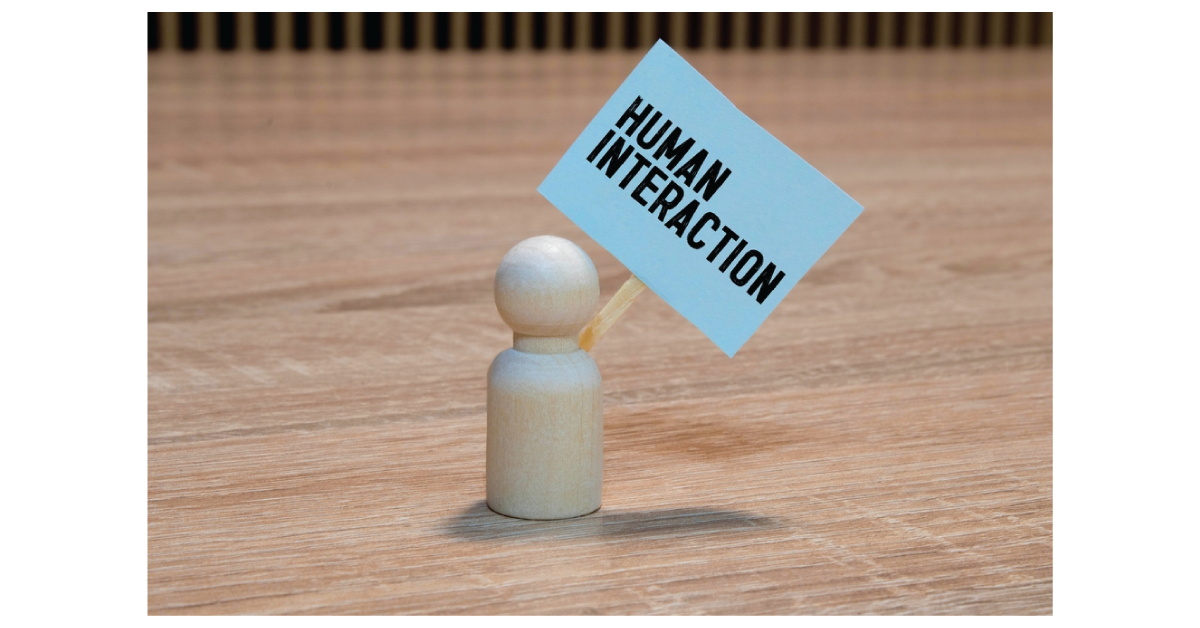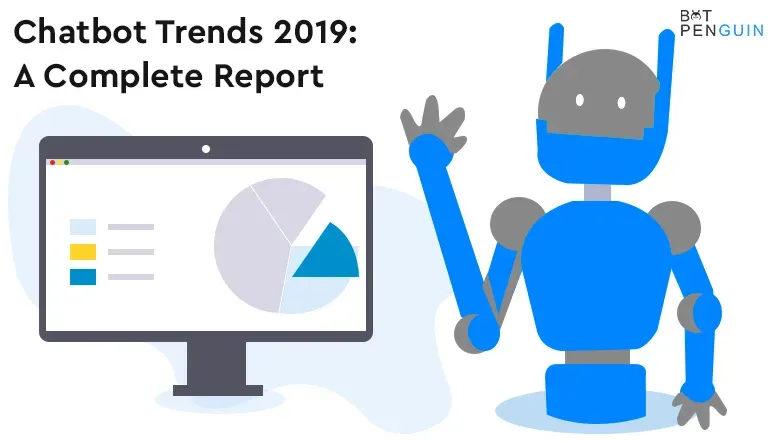Designing a chatbot and its chat flow is a tricky task. Technology, user experience, design, and strong copywriting all come together in chatbot creation. It's also becoming a popular career choice. On employment boards like LinkedIn, the amount of chatbot conversation designer positions is staggering. There were over 1,200 chatbot designer job vacancies in the United States alone last month. Designing an everyday experience necessitates a set of best practices that extend beyond your chatbot's natural language comprehension and personality. It would help to account for unforeseen events, interruptions, misunderstandings, and other everyday situations when discussing real life.
When we first started developing BotPenguin, a chatbot development platform, we chose to take an opinionated approach that walks chatbot creators through a set of best practices. Let's look at what we consider the most effective best practices for creating cutting-edge conversational experiences.
Best Chatbot Design Principles

Creating chatbot personalities while also working out how to reach your company goals may be a complex undertaking. A collection of chatbot design guidelines has been made. You may get some helpful advice from the most excellent chatbot design specialists by scrolling down:
Set a goal
It is the number one chatbot best practice to bear in mind while designing a virtual agent utilizing conversational AI, as apparent as it may seem. You can make a bot for nearly anything these days, so starting with a precise aim and a clear outline of what it's meant to perform can save you from getting carried away.
It's a good idea to start by defining what can be automated, but remember to keep your users' demands in mind. It might be as basic as answering users' questions or as sophisticated as allowing employees to seek annual vacation. Still, if you want your chatbot to be successful, it must be user-centric and assist them in solving their problems.
Give Personality
The second consideration you should make when developing your conversational chatbot is that it does not sound like a robot. That involves giving it a personality and a tone of voice that reflect the ideals of your company. It is challenging since a chatbot with no character would seem dull and uninteresting, while a chatbot with too much personality can destroy an otherwise well-designed experience.
To help you discover the perfect balance, ask yourself the following questions:
- What language would your intended audience use? By writing in the same style as its users, a chatbot may frequently reflect their personalities.
- What is your chatbot's name? It might be simple, such as your brand's name followed by 'bot' or 'chatbot,' or it can be a play on words.
Clear Chat flow
You must set a goal for your chatbot, as stated at the beginning of this post. It would help to convey to your users what your bot was supposed to do now that you know what it was designed to achieve. In your welcome message, you may introduce your bot and detail all of its skills. You can control the user's expectations and avoid frustrations and disappointments by clarifying features and restrictions.
Break up the information
A well-designed bot may provide consumers with a wealth of valuable and entertaining information. That's excellent. However, while promoting essential and fun content, don't forget to break up the information. It entails sending a series of brief messages rather than a single long one. Large blocks of text can be challenging to read and might annoy, discourage, or overwhelm people. Your bot will deliver a better user experience and emulate the flow of human communications by shortening messages. Using BotPenguin to build a chatbot can also utilize a side-bubble to construct more in-depth content, another excellent method to split up the information.
Test Your Chatbot

Although you should conduct testing before deploying your chatbot, you must continue to monitor outcomes even after it has gone live. It's astonishing how many businesses overlook this basic chatbot best practice and then forget about their bot once it's been built.
BotPenguin's workspace will provide you with a wealth of data and analytics to help you analyze your bot's performance. You can perform a gap analysis by detecting questions that did not receive an answer or were answered but not viewed by the user. It also lets you perform a gap analysis by detecting questions that received a response but were not viewed by the user. Monitoring your bot with a dashboard like this will help you to fine-tune it by adding material or refining the match between user requests and knowledge base content, allowing you to improve its performance over time and achieve fantastic outcomes.
User feedback
Giving users the ability to rate replies — for example, with a thumbs up or down button – is a simple approach to collect feedback. You can also give them the option of providing textual input so that they may explain why their interactions with your bot were not satisfying. Ratings and written feedback may be highly beneficial and educational. They allow you to identify knowledge gaps, find new methods to utilize your bot and ask questions you hadn't considered before.
[wptb id=6418]
9 Inspiring Tips for Chatbot Design in 2023
Here are some tips for a chatbot in 2023: 
Adopt a chatbot analytics platform
If you're not sure which chatbot analytics platform to use or which is ideal for your company, the good news is that you have a lot of alternatives. Make sure to use an analytics platform to supplement your primary chatbot platform and provide you with extra information.
Track revenue attribution
Setting up objectives in Google Analytics or another analytics program or service is one way to measure the income attribution of your chatbot. Outbound links from your chatbot are used to measure and monitor revenue or conversion traffic. It operates in the same manner that any other lead or conversion tracking software does.
Keep it simple
It's crucial to restrict the number of words necessary to connect with your chatbot in the first place. In addition, make sure that your chatbot mimics human interactions and conversations as much as possible. Your chatbot, for example, can be programmed to deliver images and videos in addition to text. You may test this approach by having a user engage with your bot who speaks a different language and seeing if they receive the appropriate and accurate material or response.
Measure a "self-service" success metric
Let's return to the topic of objectives for a moment. Remember why you created your chatbot in the first place. Was it to deliver prompt and effective client service? Do you want to generate leads? How can you direct your visitors to the appropriate content?
Overall, your chatbot should be delivering a defined use case to people. It's crucial to figure out why a user is interacting with your chatbot and then create a system for determining whether the objective is achieved. It becomes your success metric for "self-service."
Focus on human interaction

As we briefly described above, customers spend less time on hold when communicating and interacting with a chatbot. It does not, however, imply that you can "set it and forget it." It's still critical to know when a lead or customer wishes to speak with you in person.
Set up interfaces between your chatbot platform and communication channels like Slack with chatbots to ease this phase. This technique will notify you if a user of your chatbot seeks direct involvement. Make sure your users can speak with a live agent within minutes rather than hours.
Suggested Reading:
How to Design an Impressive Chatbot Landing Page
Use your "confusion rate" (CR)
CR is the number of times your chatbot displays the default message, "I'm sorry, I couldn't understand you," to users. In addition, the CR shows the total number of messages received. By examining and analyzing your chatbot's CR, you may identify areas where it can be improved. You should explore and enhance your chatbot material regularly. It may entail periodically renewing your chatbot's script or providing it with more or different material to communicate with your consumers.
Expand the audience member number
It's not enough to keep track of how many chatbot users you have overall and among your active audience. You should also track your chatbot users' incoming sources by feeding them into a custom process and categorizing them according to the incoming channel.
Optimize for session duration
In addition to assessing your chatbot's CR, you should track the average session time. It will help you compare the percentage of visitors or users who purchase or become interested after interacting with your chatbot. Measuring session time and conversation rates can assist you in determining how effectively your chatbot is performing and how long your chat flow should be.
Save on operating costs

The epidemic fueled an unanticipated boost in the number of online orders and an increase in support tickets. When people phoning in rises exponentially but support employees remain constant, customer service can be costly. AI chatbots are used by businesses to keep up with rising phone volumes. According to Juniper Research, AI-powered chatbot technology would save organizations $8 billion by 2023. As AI chatbot use grows, customers will connect with most businesses utilizing AI chatbots by 2023. More companies will use AI in their systems to improve customer service efficiency and productivity.
Conclusion
The AI chatbot market is projected to have a wonderful year in 2023, as these chatbot trends will boost adoption and innovation. With cutting-edge NLP algorithms and a large dataset of interactions, chatbots will be more natural than before. The coming year might be remembered as the year when voice-enabled AI chatbots grabbed the globe by storm, making customer service more intuitive than ever before. It will also increase employment for programmers, designers, and data scientists. As the industry grows, so will the number of developers in the ecosystem, allowing the technology to serve a broader range of applications. For millions of organizations trying to improve their customer support systems, the year 2023 holds a lot of potential. And this is only the beginning of what's to come in the years ahead!
BotPenguin is an AI Chatbot creating platform that lets you build chatbots without any coding.
Suggested Reading:


